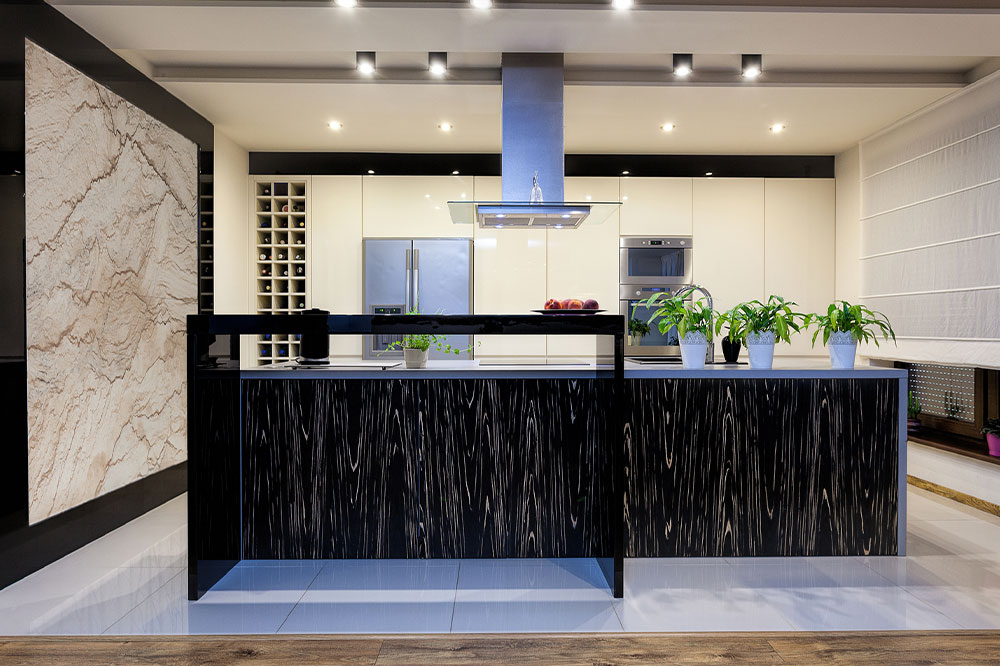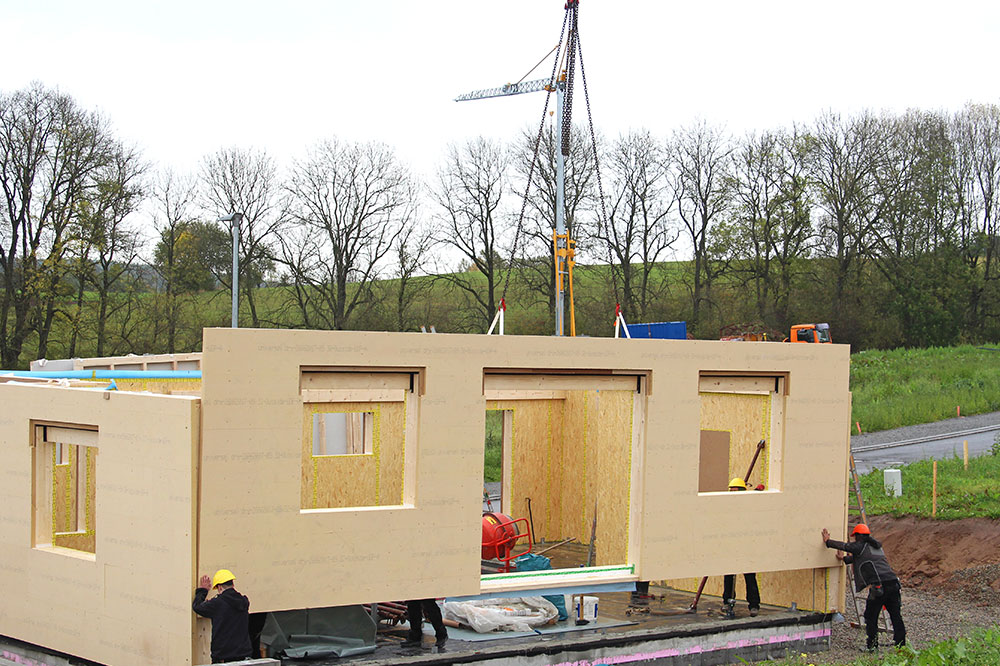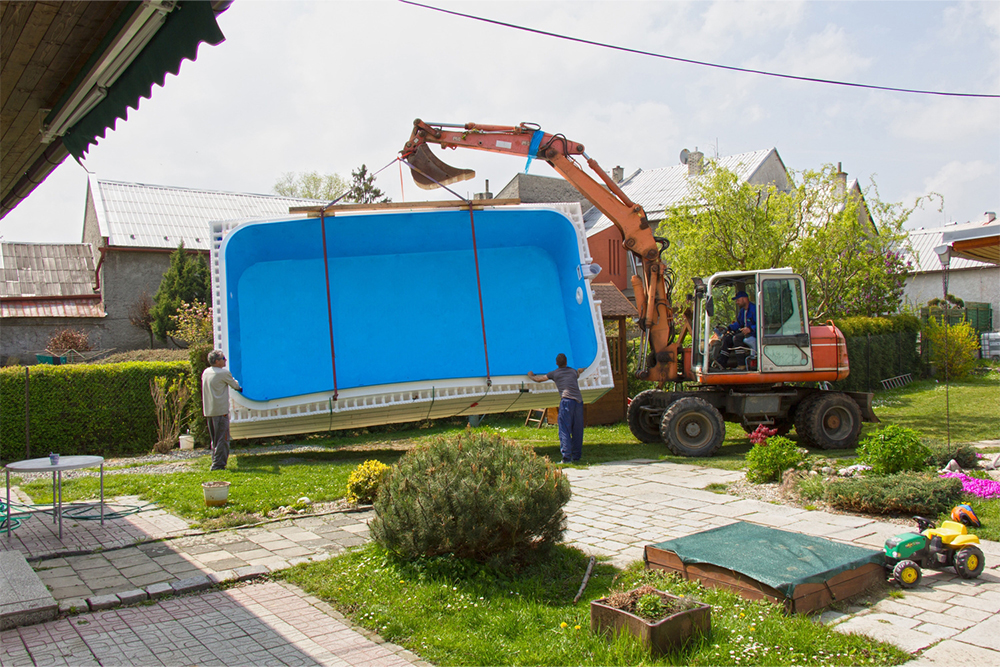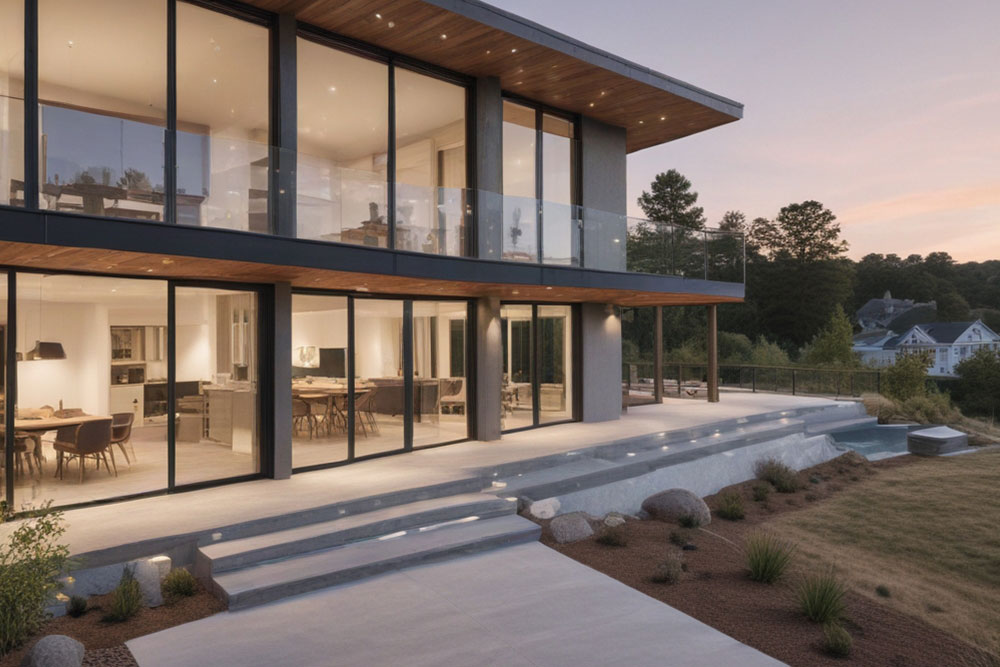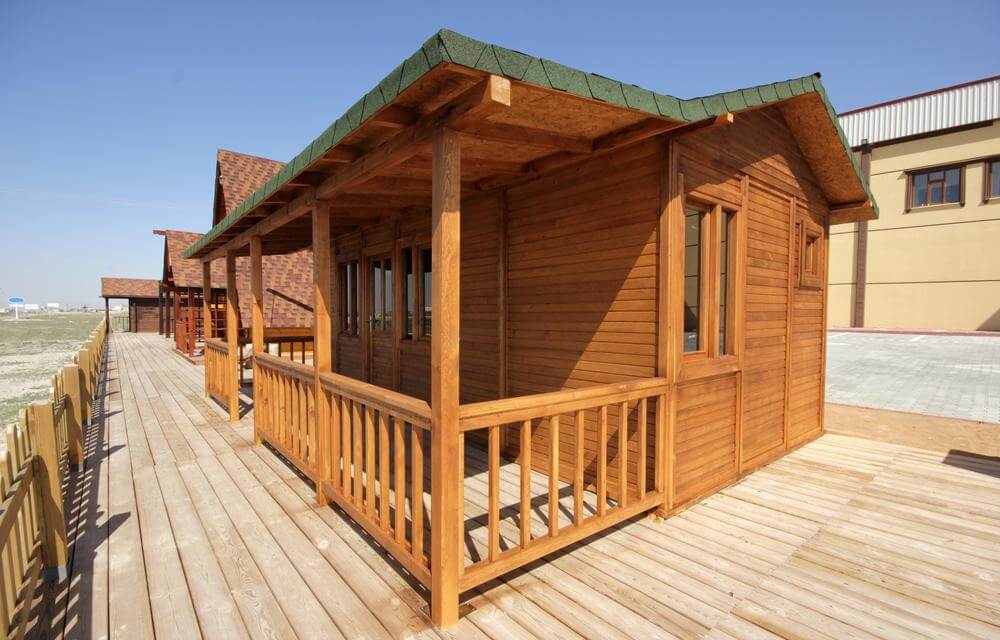Key Factors Influencing prefab Home Prices
Discover the main factors influencing prefab home costs, including size, design, customization, location, and construction details. Prefab houses offer affordability, quick build times, and durability, making them an ideal choice for budget-conscious buyers and rapid housing solutions. Learn tips for purchasing and maintaining these modern homes, ensuring long-term value and efficiency.
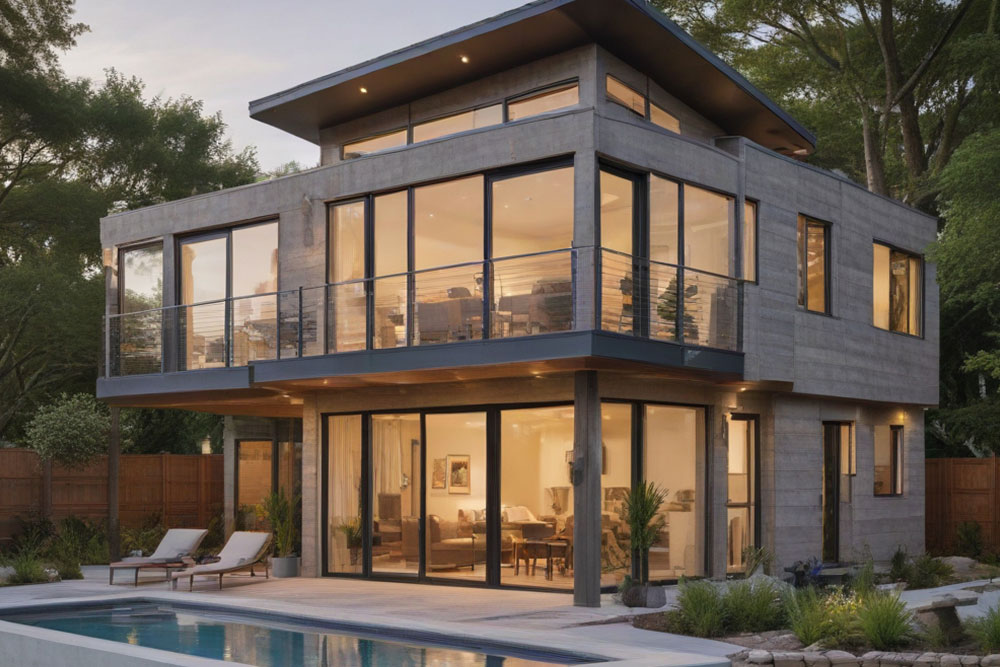
Key Factors Influencing prefab Home Prices
The popularity of prefabricated housing has grown significantly, with reports indicating that nearly half of all architectural projects incorporate some form of prefab construction. Prefabricated homes offer advantages such as faster build times, cost savings, and less reliance on specialized labor. They also enable architects to explore innovative layouts and create more durable, resilient structures.
Prefab residences, also known as modular homes, are built partly or entirely in factories before being transported for assembly on-site. Manufacturers oversee all stages, from design to finishing, ensuring a streamlined process.
Since these homes are produced in a centralized facility, more workers are focused there while fewer are needed on-site. Unlike traditional building methods, where raw materials are brought to the location, prefab companies purchase materials in bulk and assemble homes in a factory setting. Once built, homes are delivered and assembled quickly, often within days or weeks. This efficiency makes prefab options especially appealing for urgent housing needs.
The overall cost of prefab homes varies based on several elements and can fluctuate over time.
Typically, prefab houses tend to be more budget-friendly compared to conventional homes. Prices may start at around €150,000 for basic models and go beyond €400,000 for luxury designs, depending on customization level and size. Larger prefab units generally cost less per square meter than traditional brick homes of the same size.
The affordability, multiple price ranges, and quick construction process attract many buyers. Additionally, owners can rent out their prefab homes, with rental rates higher in urban areas. Rental prices depend on build quality, size, location, and amenities.
The size and layout are crucial cost determinants. Smaller homes under 50 square meters with simple designs are cheaper than larger, eco-friendly or energy-efficient models.
Customization options significantly influence costs. For example, a 60-square-meter senior-friendly prefab bungalow with accessibility features like non-slip flooring costs more than a standard model. High-end finishes and premium materials, such as wood, also increase the price.
Shipping and assembly expenses vary by location. Transport costs depend on distance, while assembly costs are calculated based on the time required and personnel involved. Payments are usually split before and after completion, with more complex projects incurring higher daily rates.
Land acquisition, site preparation, and permits are additional expenses. Contractors must purchase and inspect land, prepare foundations, and secure approvals, which impact the total cost. Utilities installation, such as water, electricity, and sewage, can add €6,000 to €35,000 if not already available on-site.
Design and manufacturing also affect the total price. Customers collaborate with builders to optimize layout, finishes, and features within their budget. Extra upgrades and custom features increase the final cost, but they enhance the home's personalization.
To purchase a prefab home wisely, buyers should take their time: visiting showrooms, comparing options, obtaining detailed contracts, and securing permits. It's important to understand payment schedules and responsibilities, including customs and shipping fees.
When properly maintained, prefab homes can last up to 50 years, offering a durable and cost-effective housing choice. Material quality and construction standards are key to longevity.

